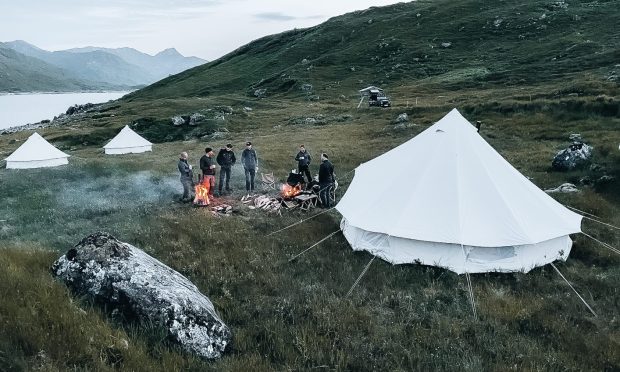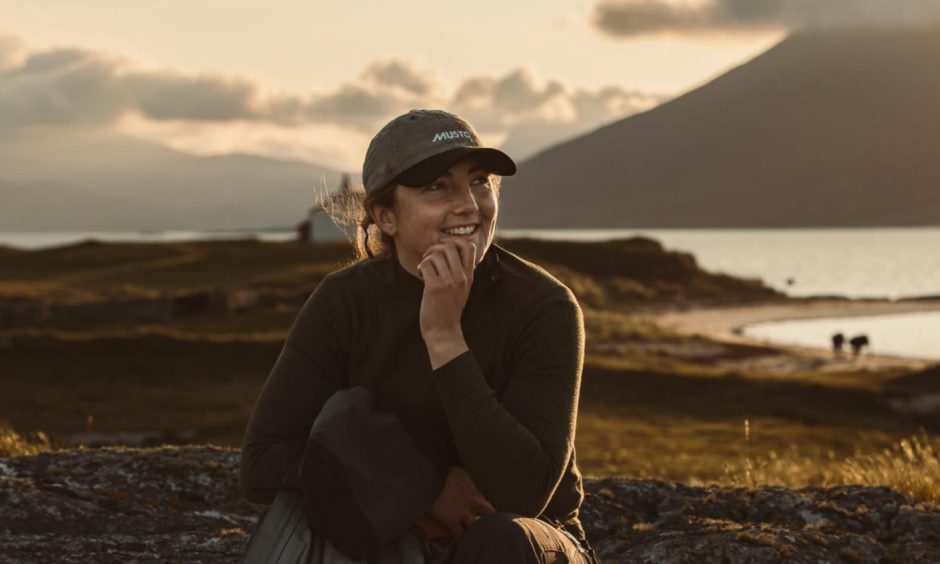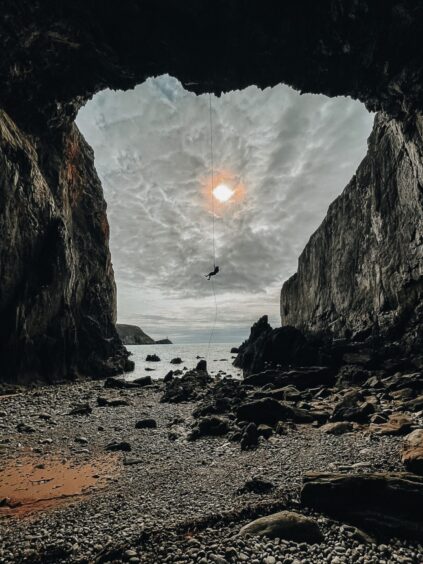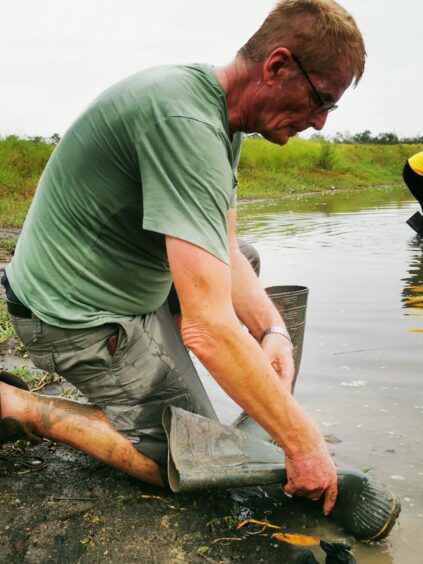The island of Taransay is about to welcome a new generation of castaways.
Nearly a quarter of a century after it featured in a landmark TV series on self-sufficiency, visitors will be reconnecting with nature on the uninhabited Hebridean location.
A company specialising in no-trace adventure experiences is to bring high-spending tourists, including celebrities and politicians, to Taransay for immersive breaks in the wild.
At the same time, environmentally-conscious investors are being sought to support a nature restoration project on the island in a UK first.
Conservation and eco-tourism on the island
The two-pronged approach is the next stage of conservation and eco-tourism work being carried out by Adam and Cathra Kelliher, who bought Taransay in 2011.
The couple have lined up with Rvival which takes clients on outdoor survival expeditions in remote areas around the world.
They have also partnered with RePlanet which helps restore and conserve landscapes by generating carbon and biodiversity credits to sell to private investors.
The Kellihers say they need new investment to continue their environmental, historical and social projects on Taransay.
Adam said: “There was a realisation that if we wanted to move ahead with Taransay we needed support and expertise beyond what we had.
“We have grand ambitions for the island but have been doing it on a fairly piecemeal basis.
“To push it to the next level we needed to find the appropriate partners.”
How much will the adventure trips cost?
The Rvival adventures will be officially launched in March but are ready to start now.
The firm’s team, including ex SAS soldiers, will teach high-spending visitors skills such as abseiling, cold water swimming and sourcing food.
Bespoke trips to Taransay, Britain’s largest uninhabited island, could cost from £15,000 to more than £25,000 for three days and two nights.
Rvival founder Eliza Brown said there are parallels with the Castaway reality TV series in 2000 which followed a group of people trying to build a self-sufficient community on the island.
She said: “Adam and Cathra’s approach aligned with our approach to reconnect people of influence with nature.
“In today’s world we are so urbanised and so reliant on technology.
“The Castaway series looked at the skills set, the self-sufficiency and the group dynamics of living with the minimal.
“We will bring that back to life in a sense by allowing people to live and breathe it.
“People are also craving a more experiential getaway, something more meaningful to put their money into and take away a lifetime investment.”
Immersion and reconnection with nature
Longer-term, it is planned to offer free survival trips to local schools and youth groups.
But initially the target will be an exclusive adventures to high-end tourists.
“They will almost have the island to themselves for their stay”, says Eliza.
“They will get to know what it’s truly like to live and survive, a real immersion and reconnection with nature.”
Local people will be employed to support the specialist team and it is hoped to create more jobs as the visits increase.
When the Kellihers bought Taransay it had just one standing tree following centuries of intensive grazing.
The couple subsequently worked with experts on ecology, wildlife and the planting of native trees.
The aim is that by 2032 they will have established woodlands, community tree planting and restored peatlands.
Redeveloped blackhouses, once used by residents, the last of whom left the island in 1974, will also be part of historical and archaeological interpretation.
Last year they worked with Savills to offer the “once in a lifetime” opportunity to invest in the project.
Biodiversity improvements
They have now partnered with Dr Tim Coles, CEO of RePlanet, who helped coordinate development of the Wallacea Trust biodiversity credit methodology.
Dr Coles spoke about his aims at the World Economic Forum annual meeting in Davos last year.
He said Taransay is the only project in the UK market ready for selling both carbon and biodiversity credits.
While carbon credits are given for offsetting carbon emissions elsewhere, biodiversity credits are for improvements in biodiversity that are not tied to losses.
Under the scheme, when credits are re-sold a percentage goes back to the landowner.
Dr Coles said the Taransay project will conservatively generate around 280,000 carbon credits at $35 (£27.50) each and 240,000 biodiversity credits at $10 (£7.80) over the next 25 years.
“This could be covered by a single corporate investor who then retires high quality carbon and biodiversity credits from the restoration of Britain’s largest uninhabited island and which will generate significant local employment and wildlife improvements.
“Alternatively these credits could be available through a new company, Taransay Wilding Ecosystem Services, as shares.
Early interest in investing
“This would democratise investment and open it up to philanthropic support or investments from individuals and small and medium sized enterprises across the UK who want to help with this flagship project.”
He added: “It’s a fantastic story. We are keen to test the market with the Kellihers as we believe there are corporates that would be interested in helping re-wild the island.”
Cathra Kelliher said Dr Coles’ vision is an exciting approach to land management.
She said there has been some early indications of interest from large corporate organisations and philanthropic individuals.
Adam said it is an exciting approach to tackling habitat loss and ecological protection and regeneration.
“Over the lifetime of the project those in situ will be incentivised to increase the biodiversity of their particular location.”






Conversation